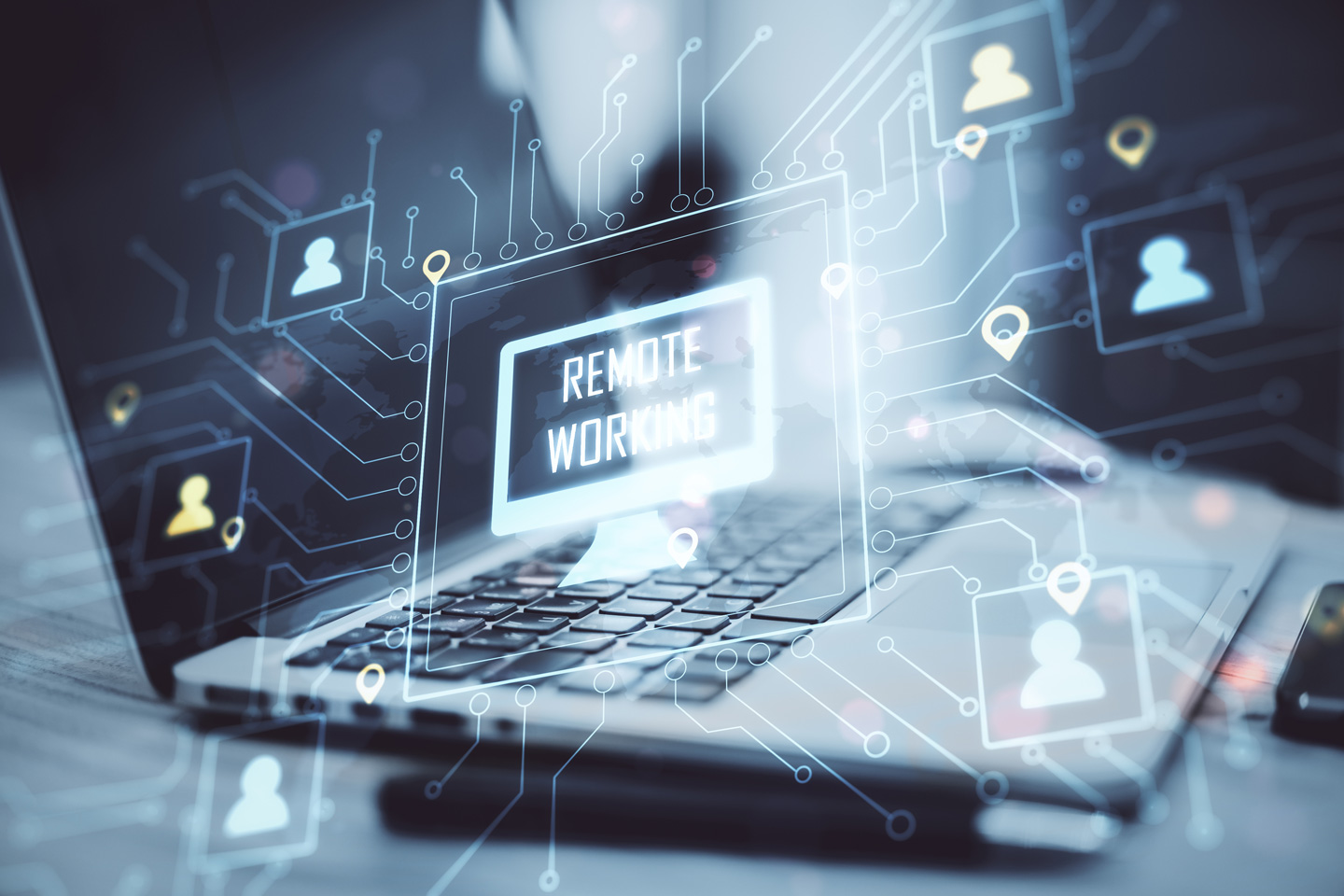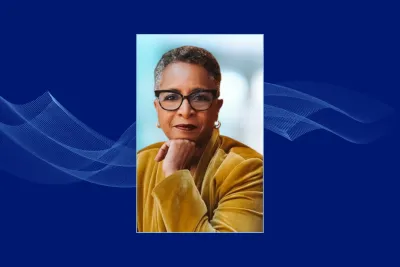
To Improve Federal Workplace Morale, Simple Civility Is Not Enough
Katherine Coles Human Capital Solutions, Innovation at LMI, Performance OptimizationAs we approach three years since COVID-19 first appeared on the global stage, shifts in the broader post-pandemic U.S. labor market continue to be felt throughout the federal government. While federal workers largely chose to remain employed by Uncle Sam rather than leaving federal service as their private industry counterparts left positions during the Great Resignation, federal workers have increasingly changed agencies and job positions.

Some of the drivers for this shift are obvious, such as moving to agencies with more flexible telework policies or changing positions to escape SCIF-work. However, some federal worker migrations are motivated by a desire to find a better work-life-mission balance and a more inclusive, less toxic work culture. These federal workers are looking for agencies that value and demonstrate the importance of cohesive work teams, individual and team contributions, diverse perspectives, and cross-functional collaboration.
LMI’s human capital management experts examined the foundational building blocks of a strong federal agency workforce culture. Initiatives like expanding telework opportunities or hybrid classified/unclassified work structures can be difficult to implement, but a cohesive and collaborative work team that practices trust, respect, and healthy conflict can accelerate implementation and adoption of these costly projects. While equally challenging to implement, the cost benefit in time and mission achievement is worth the investment.
One key learning is that building an inclusive, positive work environment that enables cohesion and collaboration requires not just civility, but “active” civility. What we typically define as “civility” in the workplace relates to polite behavior that includes saying good morning, please, thank you, and waiting for a colleague to stop talking before speaking.
Active civility requires an intentional choice to see the humanity in the person: be respectful, empathetic, and present. Active civility is a choice. Each of us can choose whether to be uncivil, civil, or actively civil. We learned that leaders who practice, avoid, or ignore uncivil behavior directly contributes to a toxic workplace where people fear embarrassment, isolation, rejection, or termination.
However, it’s insufficient to rely solely on civil behaviors to bound interpersonal interactions. It can suppress productive debate, create a state of artificial harmony, and hinder opportunities for continuous improvement or innovation because there is an unspoken expectation to “be nice,” “don’t ask questions,” or “don’t openly challenge anything.”
Creating an actively civil work culture requires deliberate and continuous effort. Here are three behaviors to get you started:
See the person. Acknowledge your people specifically, personally, and publicly. This shows your team that you “see” them, therefore, you value them. Once a person is fully seen in their humanity, it is difficult to be dismissive, inconsiderate, or sharp in tone of voice. Instead, you are more likely to demonstrate curiosity, interest in their perspective, and trust in their contributions.
Focus on impact rather than intent. Coworkers’ or supervisors’ words or actions can trigger emotional responses. When we act on these emotions without thinking of how our actions will be received, we can unintentionally drive incivility. Maya Angelou said it best: “I've learned that people will forget what you said, people will forget what you did, but people will never forget how you made them feel.” The words we say and the things we do have impact, and that is what people remember.
The impact of our actions can create low morale, frustration, sadness, fear, etc. We often hear, “that wasn’t my intent” or “you misunderstood” as common responses when charged with being uncivil. These reactions escalate the problem and put the onus to change on the recipient of the uncivil behavior rather than the perpetrator. We also hear, “I’m too busy” and “I need to focus on the work.” These comments highlight our hyper-focus on self (our intent) rather than others (our impact). Being actively civil calls us to consider first the impact of our actions on others. People do not know our intent unless we reveal it, therefore their response to our behaviors reflect the impact we had on their confidence, moral, dignity, values, etc. We can mitigate misunderstandings if we begin with impact.
Seek first to understand. In his 1989 book The 7 Habits of Highly Effective People, Stephen Covey’s sixth habit was, “Seek first to understand, then to be understood.” To create an actively civil work environment, seek first to understand the perspective of others. Fully listen to what others have to say before you react or judge. This goes beyond active listening because it requires you to “see the person,” give them your undivided attention, honor their experience and expertise, hear from the perspective of others, and respect their concerns and interests. Stay curious, release your preconceived expectations, ask questions that generate exploration, and confirm that what you understand is what they intend.
Active civility requires an intentional choice to see the humanity in the person: be respectful, empathetic, and present. Active civility is a choice.
How do you implement and measure an actively civil culture?
An actively civil culture is one in which people feel psychologically safe—safe from abuse, safe to express emotions or ideas, and safe to be themselves. For federal agencies, the most ubiquitous tool for measuring culture is the Federal Employee Viewpoint Survey, or FEVS. LMI has found that there are several strategies leaders can use to leverage their FEVS results to create a more engaged, actively civil culture.


Katherine Coles
Principal Technical Advisor, Human Capital StrategyKatherine Coles has over 20 years of comprehensive experience in enterprise-wide initiatives supporting organization performance, including employee engagement, strategic planning and strategy implementation, leadership development and coaching, team development and performance, and change management.


